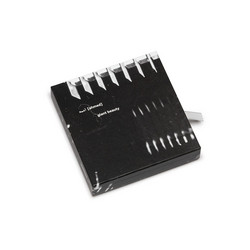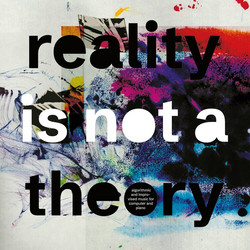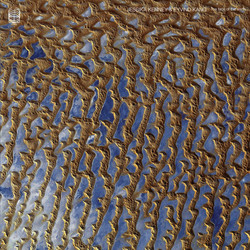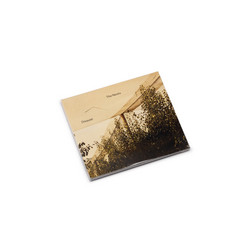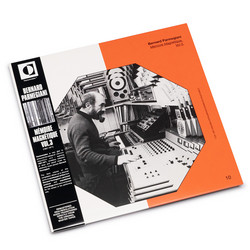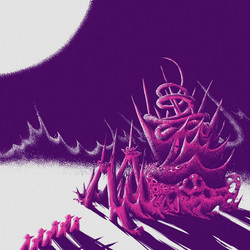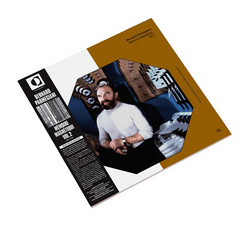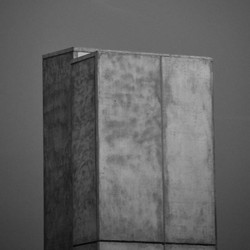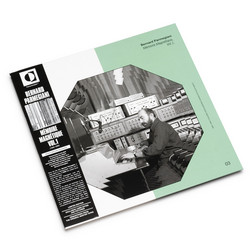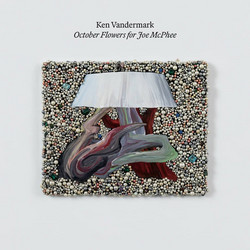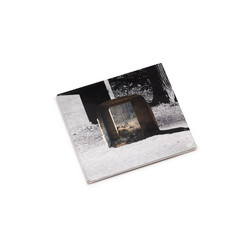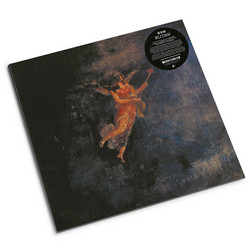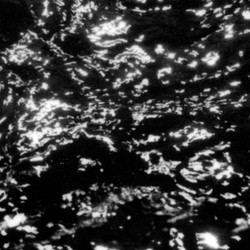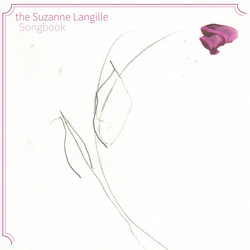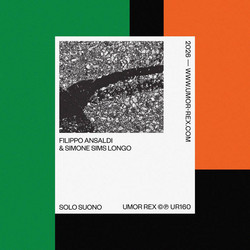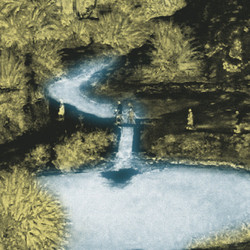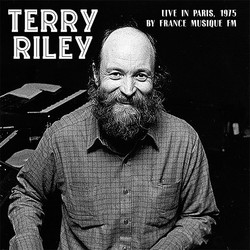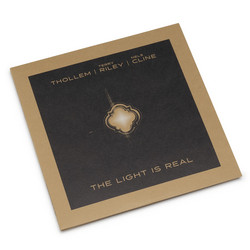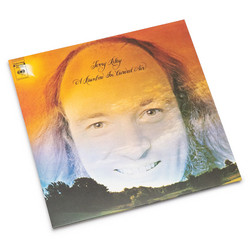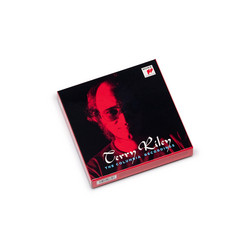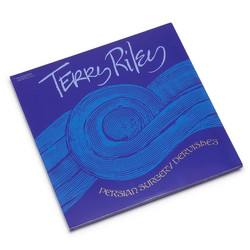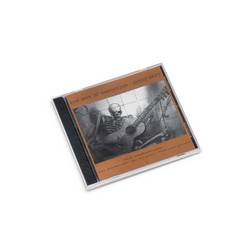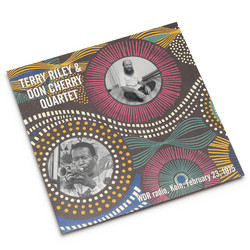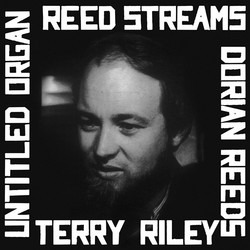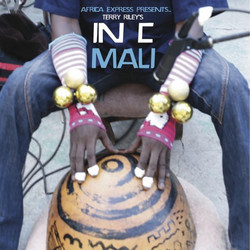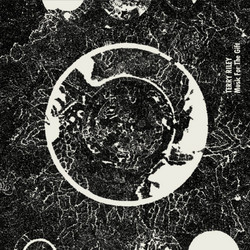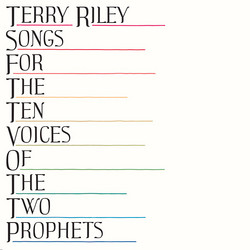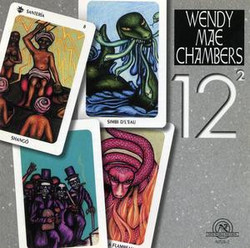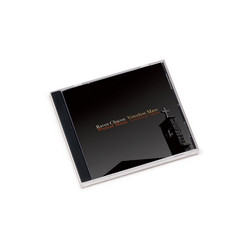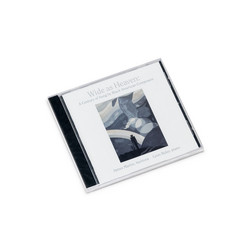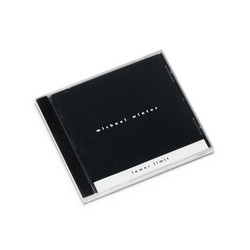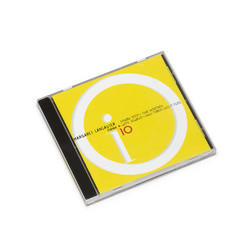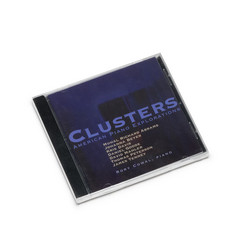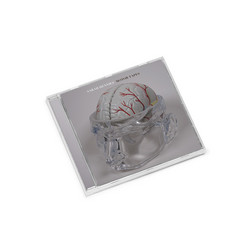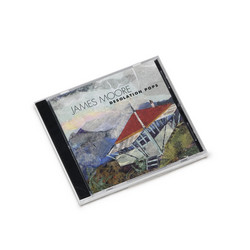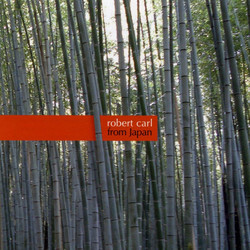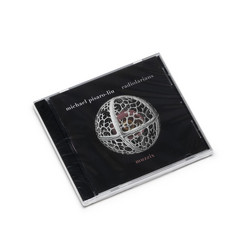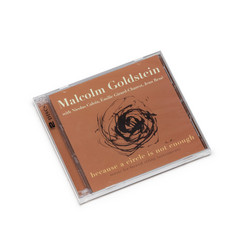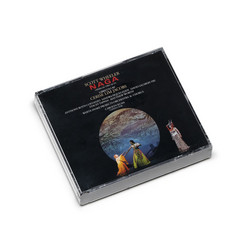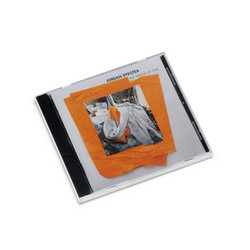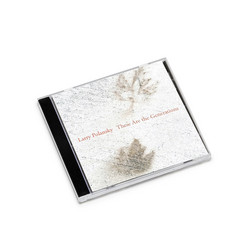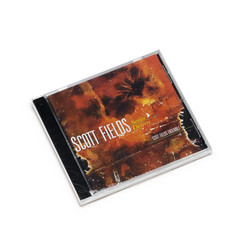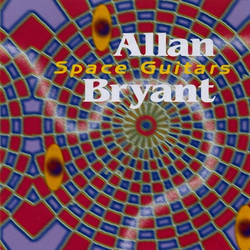Terry RileyFeaturing: Arte Quartett
Assassin Reverie
2005 release ** Arte Quartett: Beat Hofstetter, soprano saxophone; Sascha Armbruster, alto saxophone; Andrea Formenti, tenor saxophone; Beat Kappeler, baritone saxophone Terry Riley, vocals, piano and harpsichord (Uncle Jard) A free spirit, maverick par excellence, creator of a personal compositional style that has spawned entire generations of epigones, Terry Riley (b 1935) embodies the best aspects of the American pioneer spirit, the positive and uncorrupted image of America (and California in particular) that still holds abroad: an America free from the weight of European tradition, a privileged space where a fusion of Western and Eastern cultural trends can be produced. It is interesting to note that the most significant musical influences on Riley's style-blues, jazz and Indian classical music-share relevant common features: modal structures and improvisatory practices intended as careful treatment of a set of more or less strict, codified rules.
By emphasizing common ground, Riley reconciles different cultures within the same inventive fusing process. Uncle Jard (1998) (saxophone quartet, piano, harpsichord, and voice) is a particularly compelling example of this. In this piece, Indian classical music and blues/jazz elements co-exist in a stylistically coherent whole: ragtime and raga have never been so closely intertwined.
The piece is divided into three parts. While in the first and second parts the texture of the saxophone ensemble is enriched by the voice and keyboard, in the third part the voice is not featured. Assassin Reverie (2001), for saxophone quartet and tape, is a piece in a single movement, but structured in three different sections differentiated by sound material and stage direction. It is one of the more disturbing pieces written by Riley; the second section features an extremely aggressive audio track-gunshots and helicopter sounds are heard throughout it. Written right after In C, Tread on the Trail (1965) (this version for 12 saxophones is by the Arte Quartett) is in fact based on similar construction principles. The music in both pieces is a ludus, a game in which Riley re-injects into western music a new-found vitality. Through a free exploration of the score, musical performance recovers here its true essence as a playful collective ritual.
